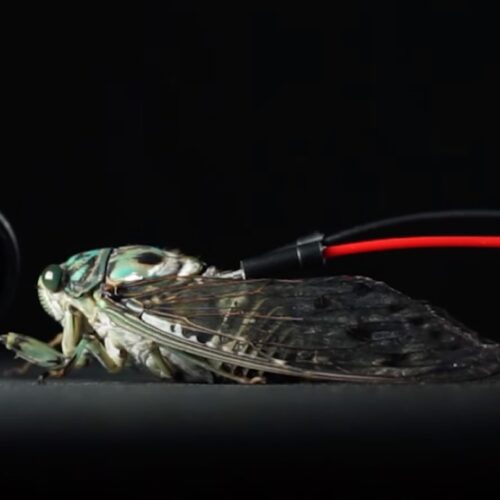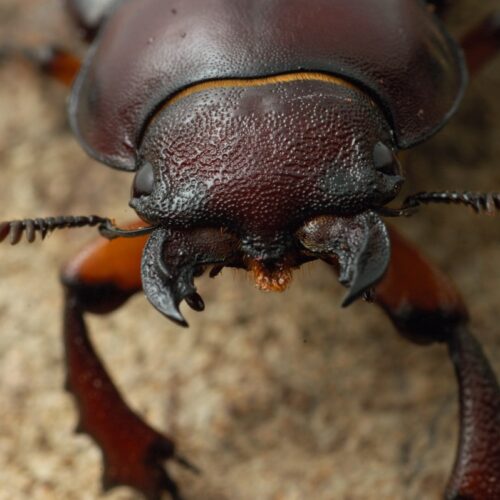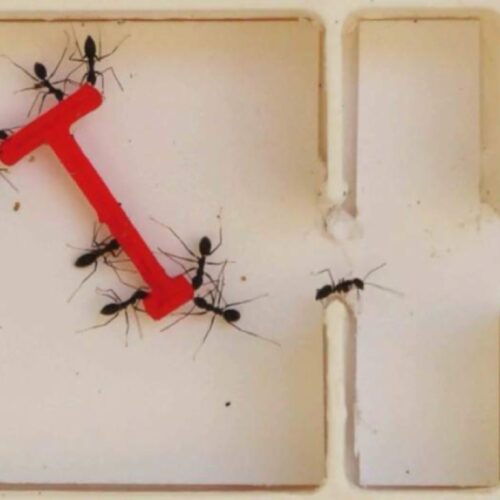Cyborg cicadas play Pachelbel’s Canon
The distinctive chirps of singing cicadas are a highlight of summer in regions where they proliferate; those chirps even featured prominently on Lorde's 2021 album Solar Power. Now, Japanese scientists at the University of Tsukuba have figured out how to transform cicadas into cyborg insects capable of "playing" Pachelbel's Canon. They described their work in a preprint published on the physics arXiv. You can listen to the sounds here.
Scientists have been intrigued by the potential of cyborg insects since the 1990s, when researchers began implanting tiny electrodes into cockroach antennae and shocking them to direct their movements. The idea was to use them as hybrid robots for search-and-rescue applications.
For instance, in 2015, Texas A&M scientists found that implanting electrodes into a cockroach's ganglion (the neuron cluster that controls its front legs) was remarkably effective at successfully steering the roaches 60 percent of the time. They outfitted the roaches with tiny backpacks synced with a remote controller and administered shocks to disrupt the insect's balance, forcing it to move in the desired direction


© University of Tsukuba



